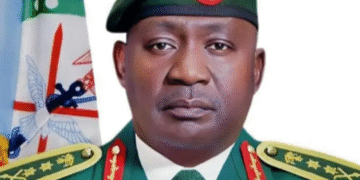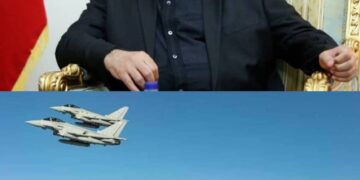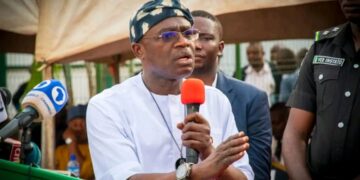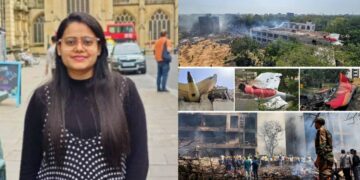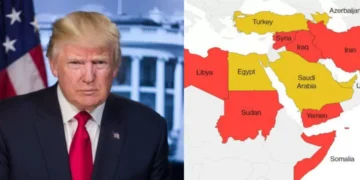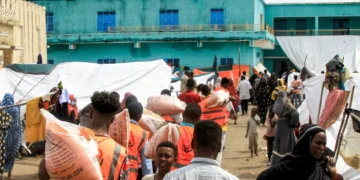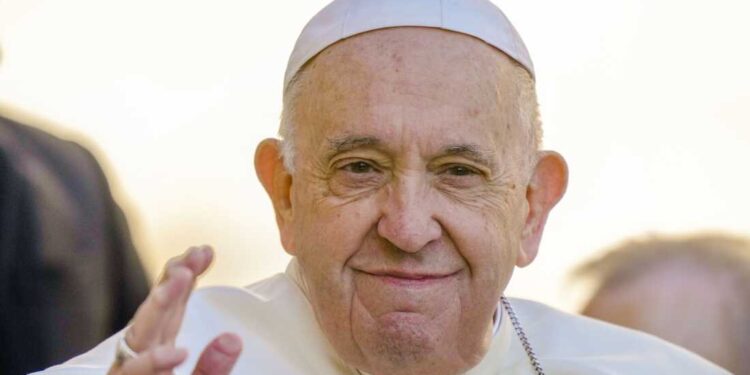Based on the Apostolic Constitution Universi Dominici Gregis (1996) by Pope John Paul II and other Church traditions, the following is the sequence of activities that takes place when a Pope dies until a new Pope is elected:
1. Confirmation of Death
The Camerlengo of the Holy Roman Church formally verifies the Pope’s death.
The traditional act involves calling the Pope by his baptismal name three times.
The Pope’s Ring of the Fisherman is destroyed (cf. Universi Dominici Gregis, 13).
2. Novemdiales (Nine Days of Mourning)
Nine days of official mourning follow the Pope’s death (Universi Dominici Gregis, 27-28).
Daily Requiem Masses are celebrated for the repose of his soul.
The funeral usually takes place between the 4th and 6th day after death.
The Pope is interred in the Vatican Grottoes beneath St. Peter’s Basilica.
3. Interregnum (Sede Vacante)
This period means “the seat is vacant.”
The College of Cardinals governs the Church’s ordinary affairs but cannot make major decisions (cf. Universi Dominici Gregis, 14-18).
All heads of Vatican dicasteries cease to hold office, except the Camerlengo and the Major Penitentiary.
4. Preparations for the Conclave
Cardinals under the age of 80 (cf. Universi Dominici Gregis, 33) are summoned to Rome.
Lodging is provided at Domus Sanctae Marthae.
The Sistine Chapel is prepared and sealed off to ensure secrecy.
Cardinals swear an oath of secrecy before the conclave begins.
5. Conclave Begins
A Mass Pro Eligendo Romano Pontifice is celebrated (cf. Universi Dominici Gregis, 84).
Cardinals enter the Sistine Chapel and invoke the Holy Spirit for guidance (Veni Creator Spiritus is sung).
6. Voting Procedure
Voting can begin on the first day with one ballot or wait until the second day.
Up to four ballots are taken each day: two in the morning, two in the afternoon.
A two-thirds majority is required for a valid election (cf. Universi Dominici Gregis, 62).
After each vote, ballots are burned:
Black smoke = no election.
White smoke = Pope elected.
7. Acceptance and Papal Name
The Dean of the College asks: “Do you accept your canonical election as Supreme Pontiff?”
If the chosen cardinal accepts, he is then asked, “By what name shall you be called?” (cf. Universi Dominici Gregis, 87).
8. Announcement and First Blessing
The new Pope is dressed in papal vestments and led to the Loggia of St. Peter’s Basilica.
The Senior Cardinal Deacon announces: “Habemus Papam!”
The new Pope gives his first blessing Urbi et Orbi (To the City and the World).
Key References:
Universi Dominici Gregis, Apostolic Constitution, Pope John Paul II, 1996.
Catechism of the Catholic Church.
Code of Canon Law (Canon 332 §1).
This process reflects the solemn, sacred tradition of the Roman Catholic Church in ensuring continuity in the Papacy.



